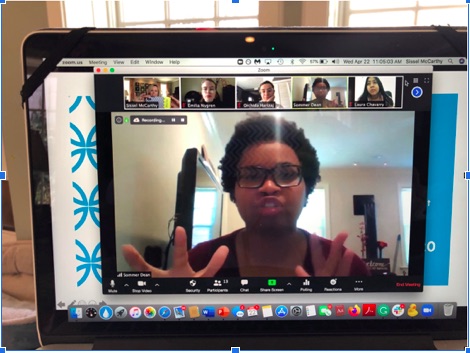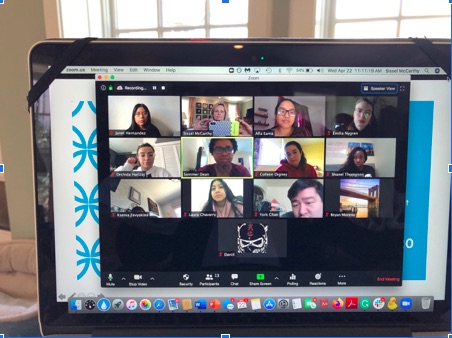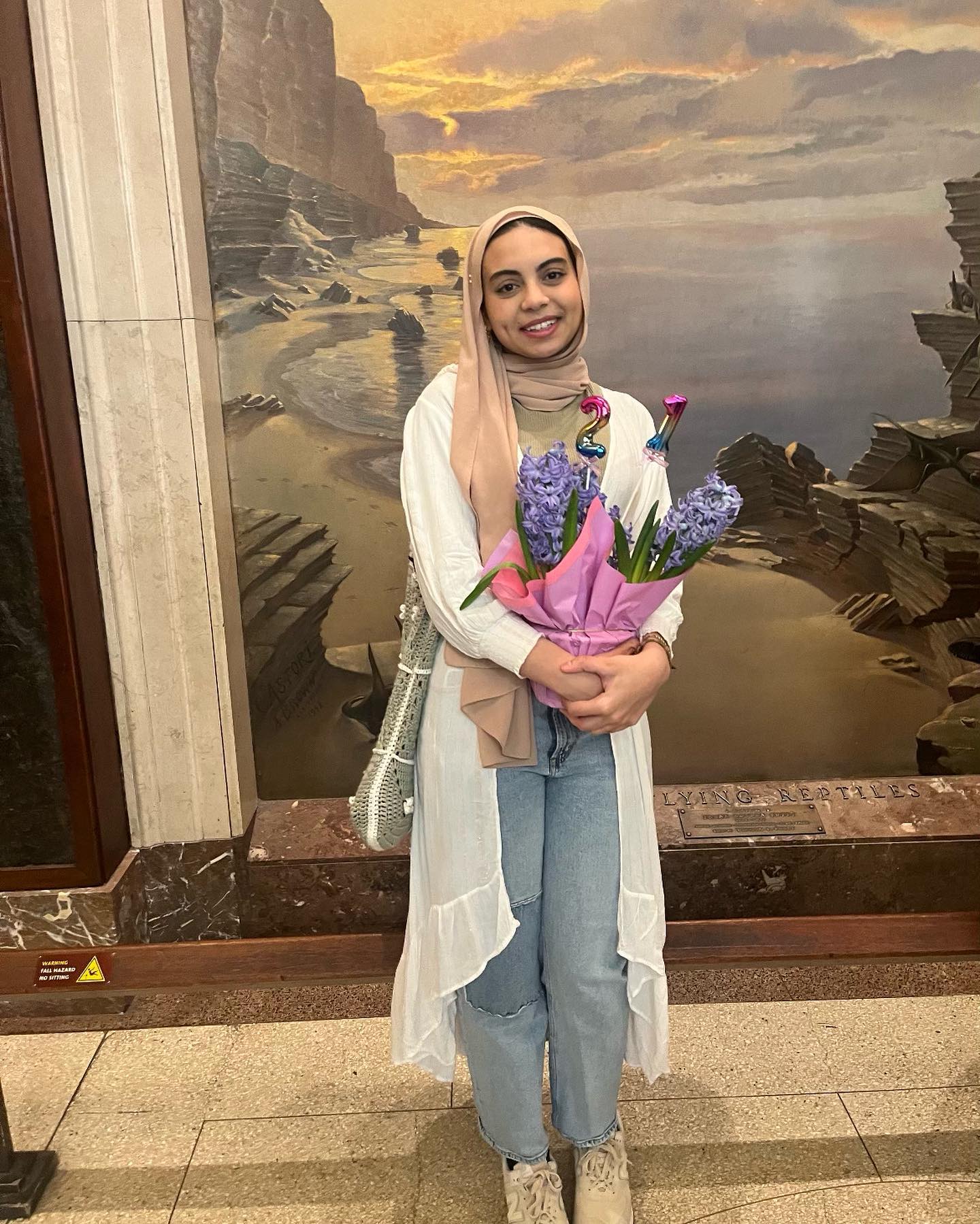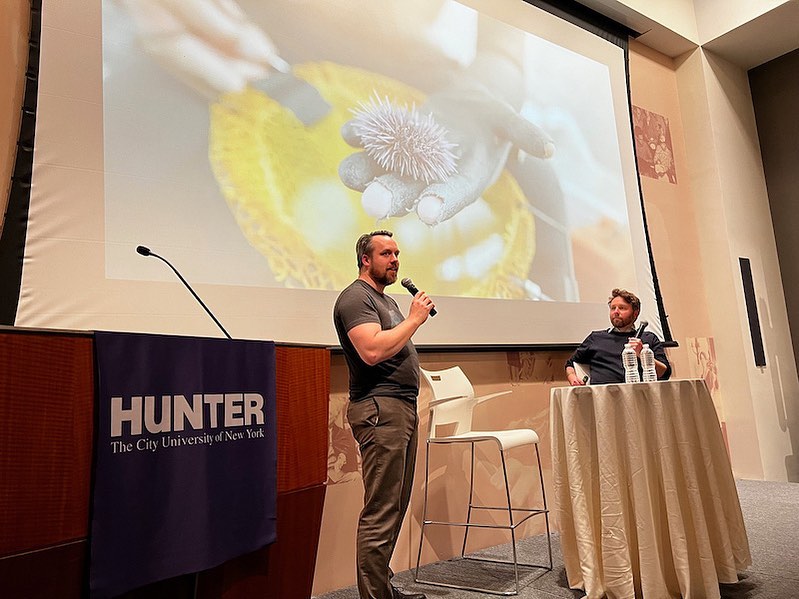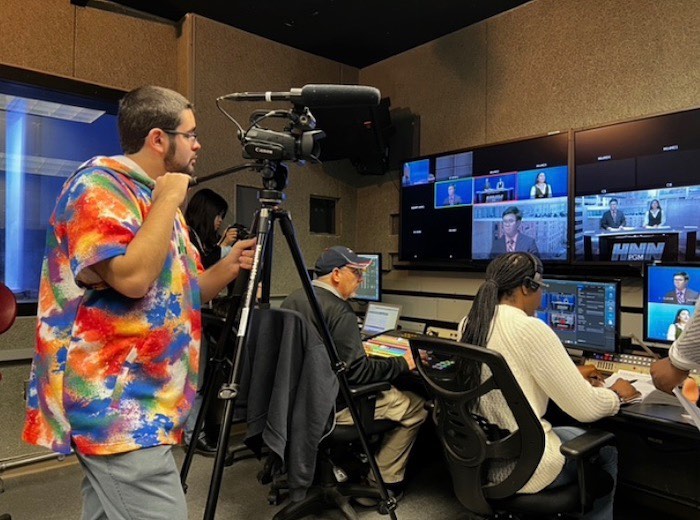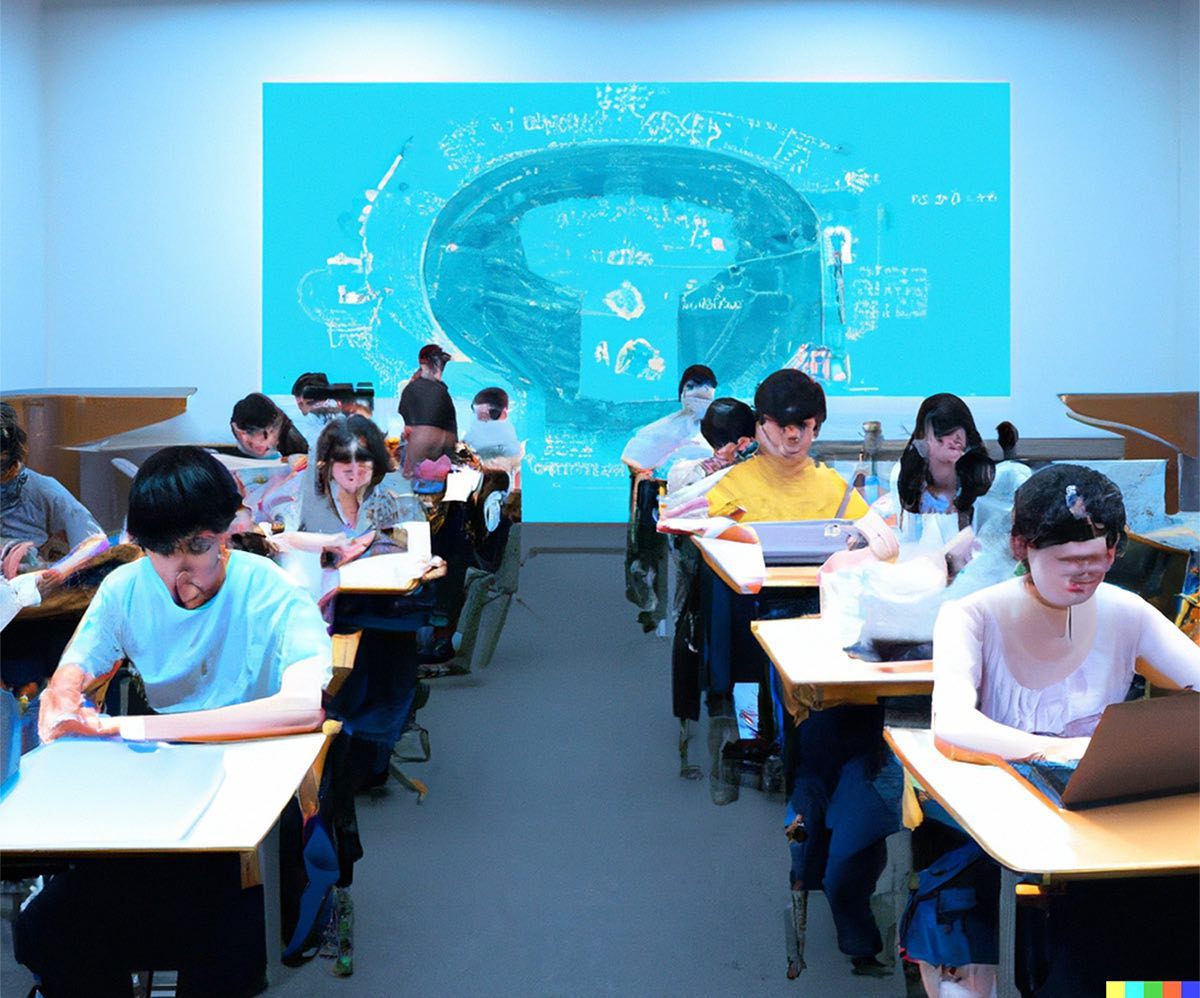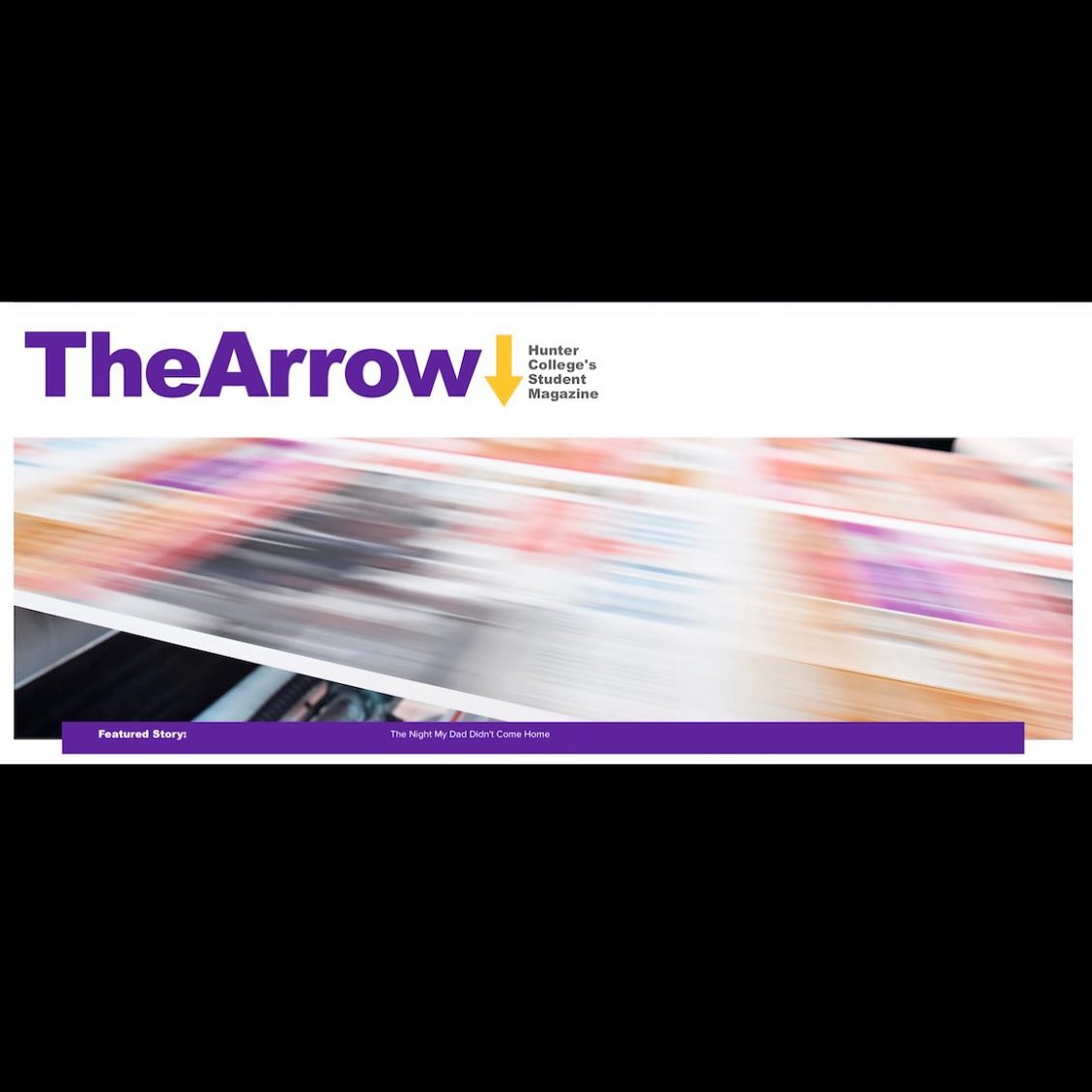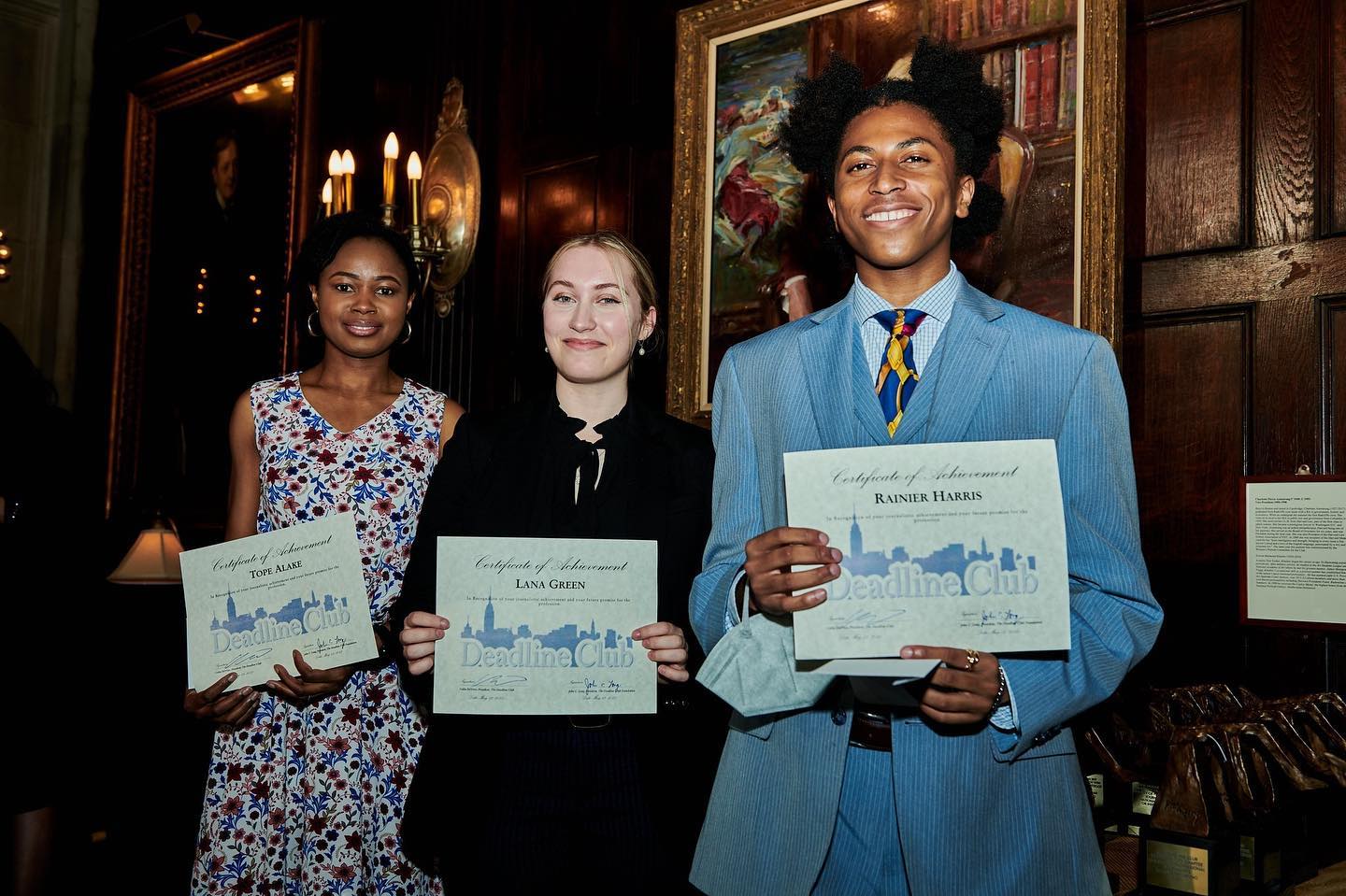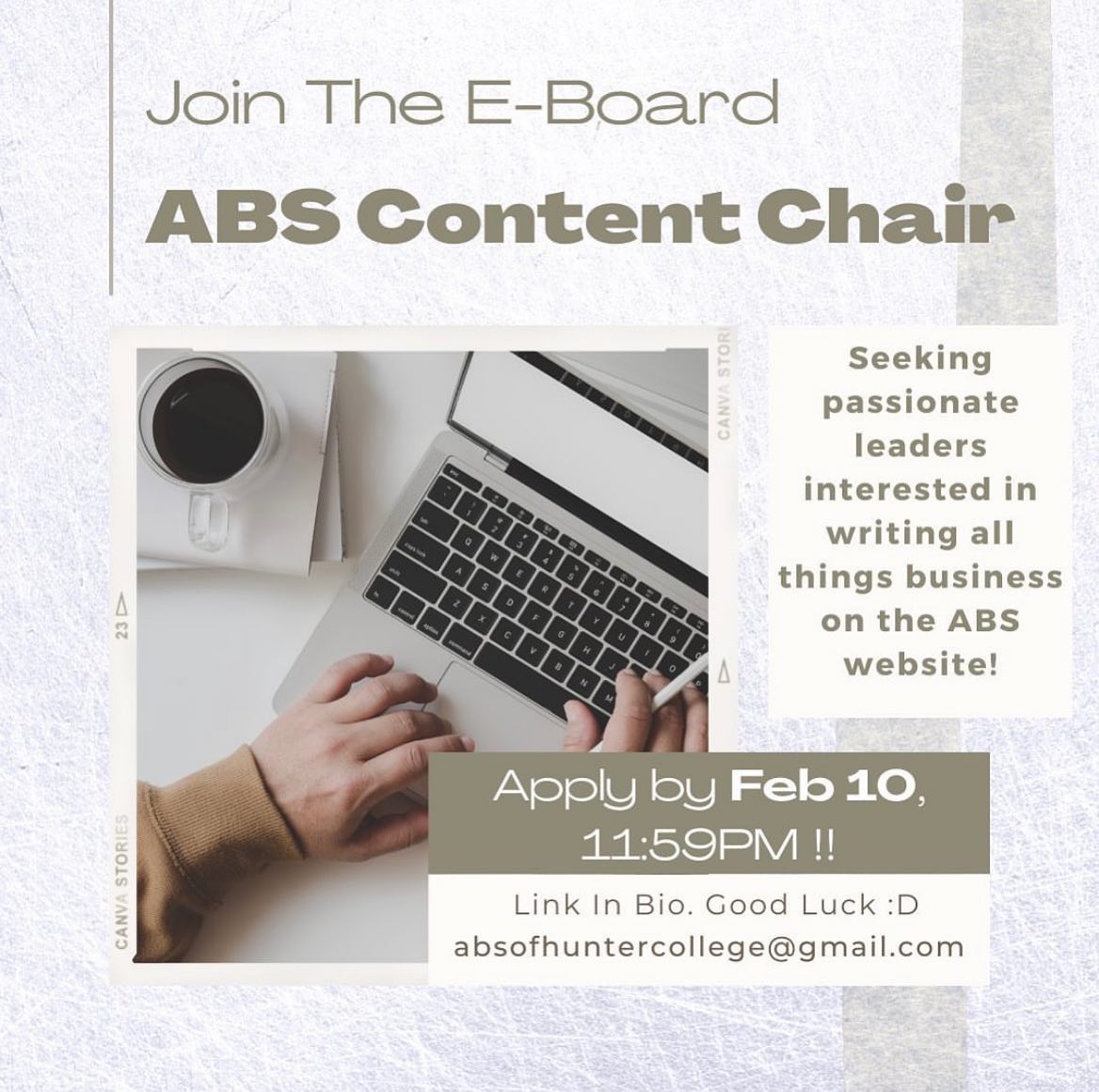Hunter News Now students took a crash course in copyright law last this month, thanks to a lawyer from the Student Press Law Center.
Staff Attorney Sommer Ingram Dean (pictured in a Zoom session above) paid a virtual visit to Professor Sissel McCarthy’s MEDPL 388 Studio News Production class to teach students the basics.
“Copyright is a property right, much like you own your car or computer. Just like you can’t use someone’s car without their consent, you can use someone’s work without consent,” says Dean, who is a graduate of Georgetown University Law Center.
Several students, who are short on visuals for their stories because they can’t leave their homes, wanted to know if you can use photos or videos found at online news sites if you give the photographer or news outlet credit.
The answer is a resounding no. “You must get permission. Giving credit is not enough and does not protect you from being fined,” says Dean, adding that a copyright exists from the moment the work is created.
Here’s the good news: The internet is full of non-copyrighted work. Dean says anything produced by the federal government is not copyrighted and is considered part of the public domain, which means students can use photos from the White House photographer, the National Park Service, the Library of Congress, FEMA and many other federal agencies.
You can also find non-copyrighted work at Creative Commons, Unsplash, Pixabay, and Wikimedia Commons. Dean advises students to be sure to read the terms of use and follow them exactly.
There is also an exception to copyright law known as the Fair Use Exemption. It allows you to use a limited amount of copyrighted work for news or educational/informational purposes.
‘The key to fair use is how you are using the work. Are you using it in a transformative way for teaching, criticism, or commentary?’
— Sommer Ingram Dean, Student Press Law Center
“The key to fair use is how you are using the work,” says Dean. “Are you using it in a transformative way for teaching, criticism, or commentary?”
This means a professor could copy an article for students to read and discuss in class, but that students could not use a popular song as background music in a class project.
“And don’t use more than necessary,” says Dean. “The less you use, the better.”

